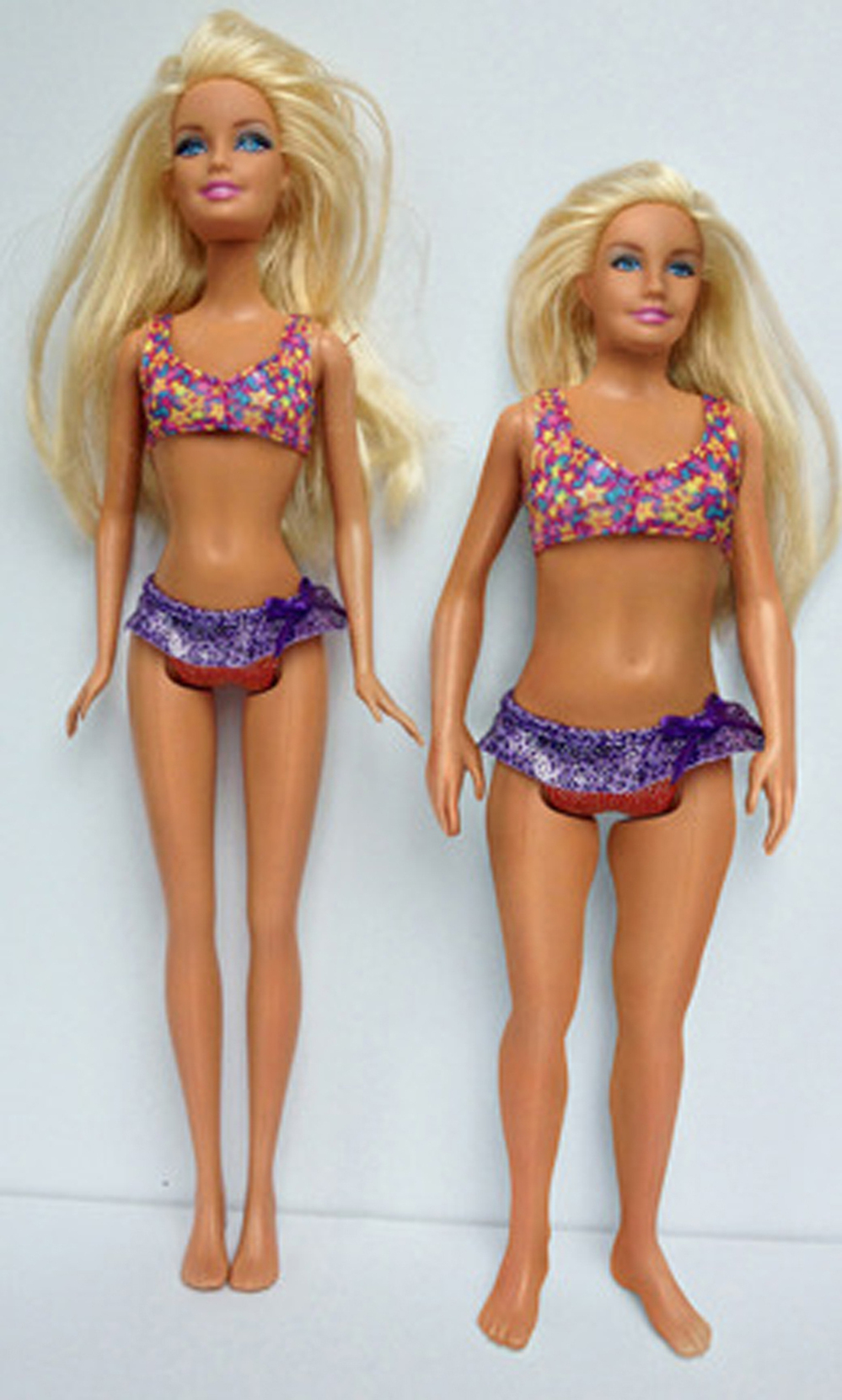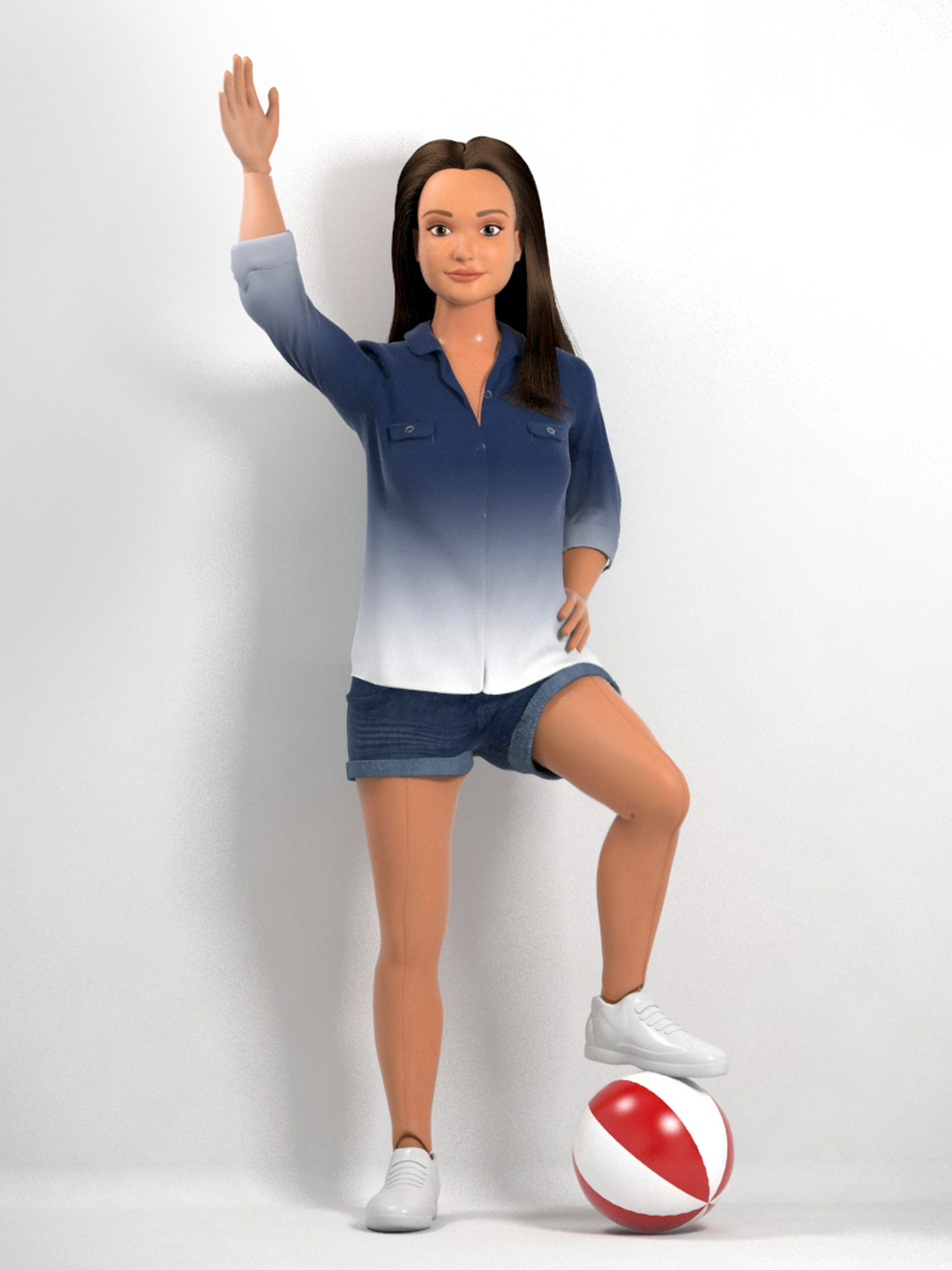Monday, April 21, 2014
Be An Activist
We wrote this letter to Teen Vogue magazine to address our concerns for the images they were showing teens.
Teen Vogue,
We feel that the images in this magazine send a bad message
to teens. All of the photos in this magazine are images of individuals who
portray an unrealistic idea of beauty. Most of your female models are not diverse and
are white, tall and blonde woman. The men in the magazine are also
unrealistic. Most of the men in your magazine are depicting that men should be
muscular and hairless. Please put images that are realistic of what real beauty
looks like. For example, show images of the average beautiful male and female.
Its important that we teach teens to have a positive and realistic idea of what
is beautiful.
Thanks,
Kianna Domgaard
Bonnie Christensen
Maggie Dalene
Be an activist and write your own letter to magazines that promote a negative body image! Many individuals complained to Ralph Lauren about their unrealistic model. Later that year Ralph Lauren apologized for image of the emaciated model.


Wednesday, April 9, 2014
Friday, April 4, 2014
Could a Barbie Get real, please!!!
Could A 'Barbie' Get Real? What A Healthy Fashion Doll Looks Like
by Michaeleen Doucleff
hide captionLook familiar? Artist Nickolay Lamm designed a doll to look like the average 19-year-old walking — or running — on the street.

Look familiar? Artist Nickolay Lamm designed a doll to look like the average 19-year-old walking — or running — on the street.
Courtesy of LammilySo why do we keep offering girls bone-thin dolls like Barbie and the popular Monster High crew, asks artist Nickolay Lamm?
hide captionNo comparison: While the shape of Mattel's Barbie was inspired by a German sex toy, Lamm's concept reflects the dimensions of actual young women in the United States.

No comparison: While the shape of Mattel's Barbie was inspired by a German sex toy, Lamm's concept reflects the dimensions of actual young women in the United States.
Courtesy of LammilyHe thinks it's time for a Barbie to get real.
hide captionHello world: This concept for the "normal" fashion doll wears minimal makeup, jean shorts and a simple blouse.

Hello world: This concept for the "normal" fashion doll wears minimal makeup, jean shorts and a simple blouse.
Courtesy of Lammily"Then I smoothed out some of the details," Lamm, 25, tells Shots. "I just wanted her to look like a typical young woman walking down the street. But I left the actual dimensions ambiguous because I don't want to set a new standard."
Lamm says he was inspired to create the doll for his cousin. "She's so beautiful, but she was afraid to put on a bathing suit because she thought she was fat. And of course she's not," he says. "But then when I look at the dolls in the store [she has to select from], they're almost these mythical things."
To have Barbie's physique, the average young woman would need to grow about 5 inches, trim 17 inches from her waist and slim her neck by a half a foot, the artist says.
Here's the bad news for parents seeking healthier alternatives: Right now Lamm's doll exists only as a digital design. But he has been working with a former vice president at Mattel to construct a prototype. With the funds he raised, he's starting a company, Lammily, to produce the first edition of the dolls — which have already sold out.
Don't worry, though. Lamm wants to make a whole series of the dolls with a variety of ethnicities and healthy shapes. "I see there being a bunch of dolls to represent all of us," he says. He also plans for the dolls to wear less makeup than Mattel's Barbie and have more realistic clothes.
"I think the doll is fantastic!" says psychologist Aurora Sherman at Oregon State University, who led the recent study on Barbie's impact on girls' career ambitions.
Scads of studies have looked at how media images of unrealistic body shapes negatively affect girls' self-esteem and body satisfaction, Sherman says. But only a handful have focused on Barbie.
"From a scientific perspective, we don't know very much about how Barbie affects girls," she says. "Parents and philosophers have had a lot of opinions on Barbie, but there are very few studies that use Barbie in a scientific way. "
To start filling in that gap, Sherman and her colleagues ran a small study in which they gave 37 girls ages 4 to 7 a Barbie or a Mr. Potato Head to play with for five minutes. They then showed each girl photos of job situations, such as firefighting, piloting a plane or teaching. They asked each girl which jobs could be done by boys or by herself.
After playing with Barbie, the girls said that boys could do about 2.5 more jobs than themselves. But girls who played with Mr. Potato Head didn't distinguish between jobs for boys or themselves, Sherman and her colleagues reported in the journal Sex Roles.
Of course, with such a small study it's hard to draw conclusions about girls in general. "We don't know what 37 girls from around Corvallis, Ore., tell us about the billions of girls in the world," Sherman says. "But girls play with Barbie hours a day. That cumulative impact couldn't be smaller than what we saw."
It would be good to give girls and parents other options, Sherman says.
"Barbie's proportionality was styled after a German sex toy," she notes, "and it hasn't changed much in over five decades. She's had some nips and tucks over the years so far. But the huge bust, skinny waist have stayed the same."
Subscribe to:
Posts (Atom)














